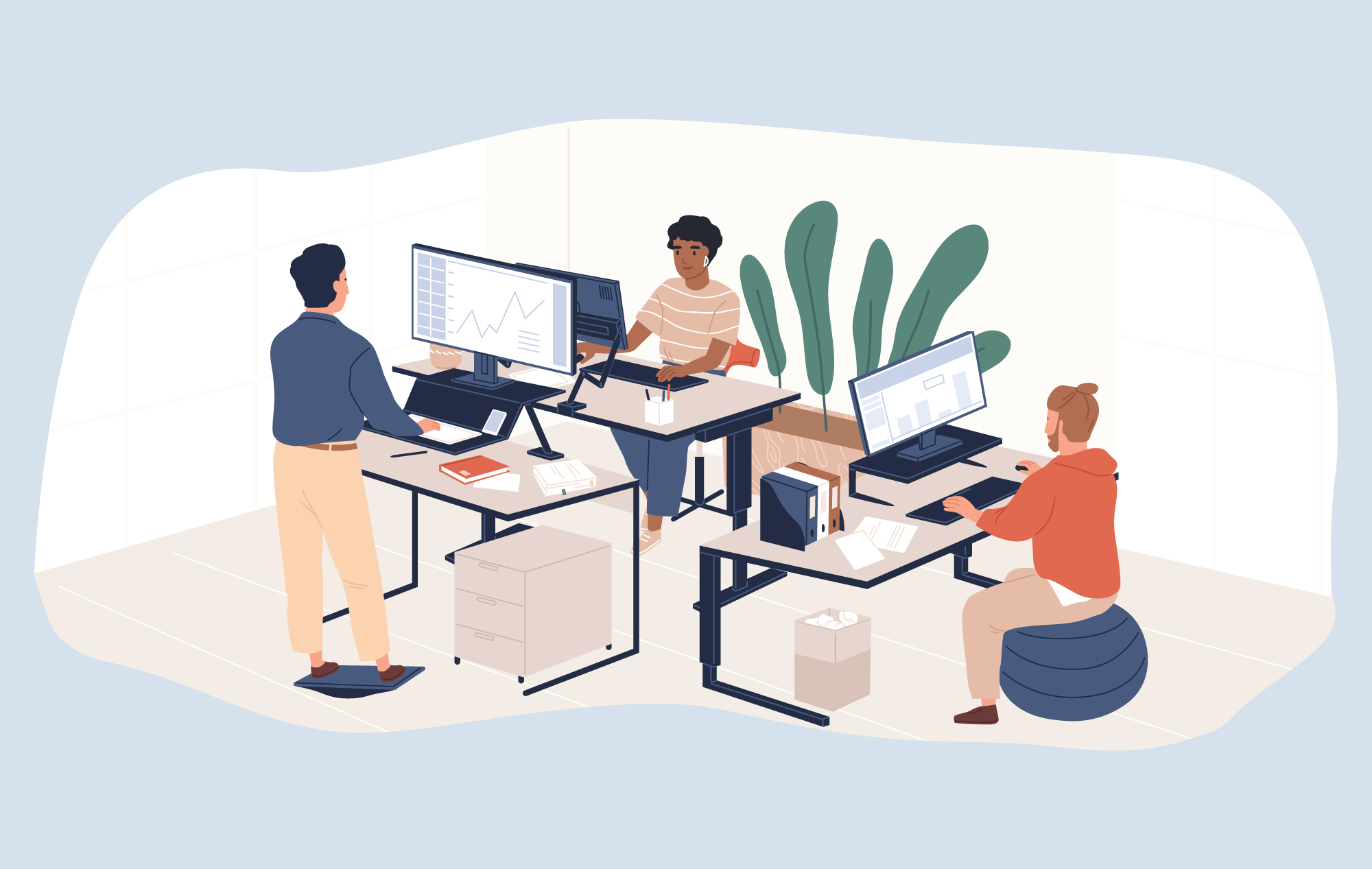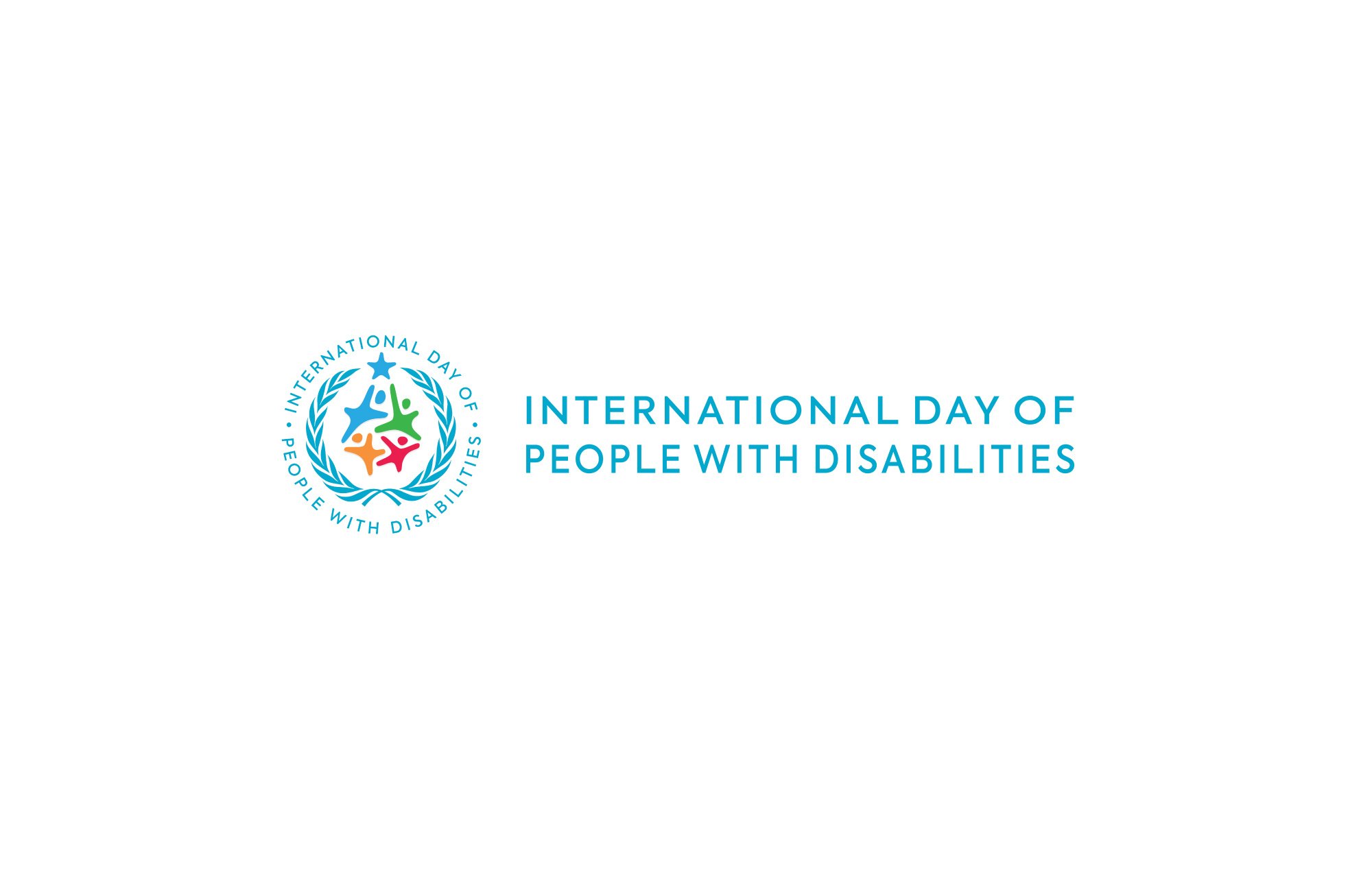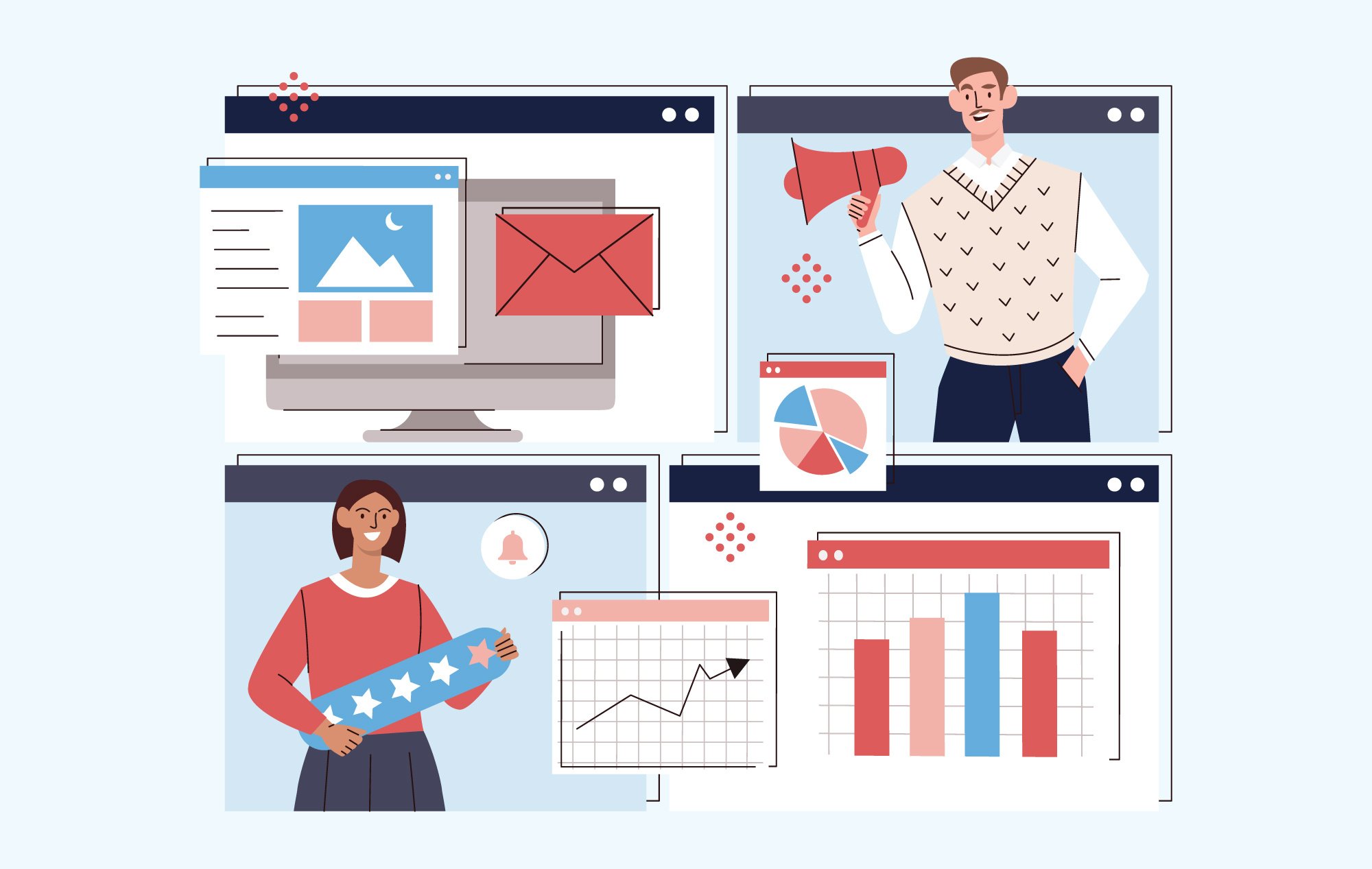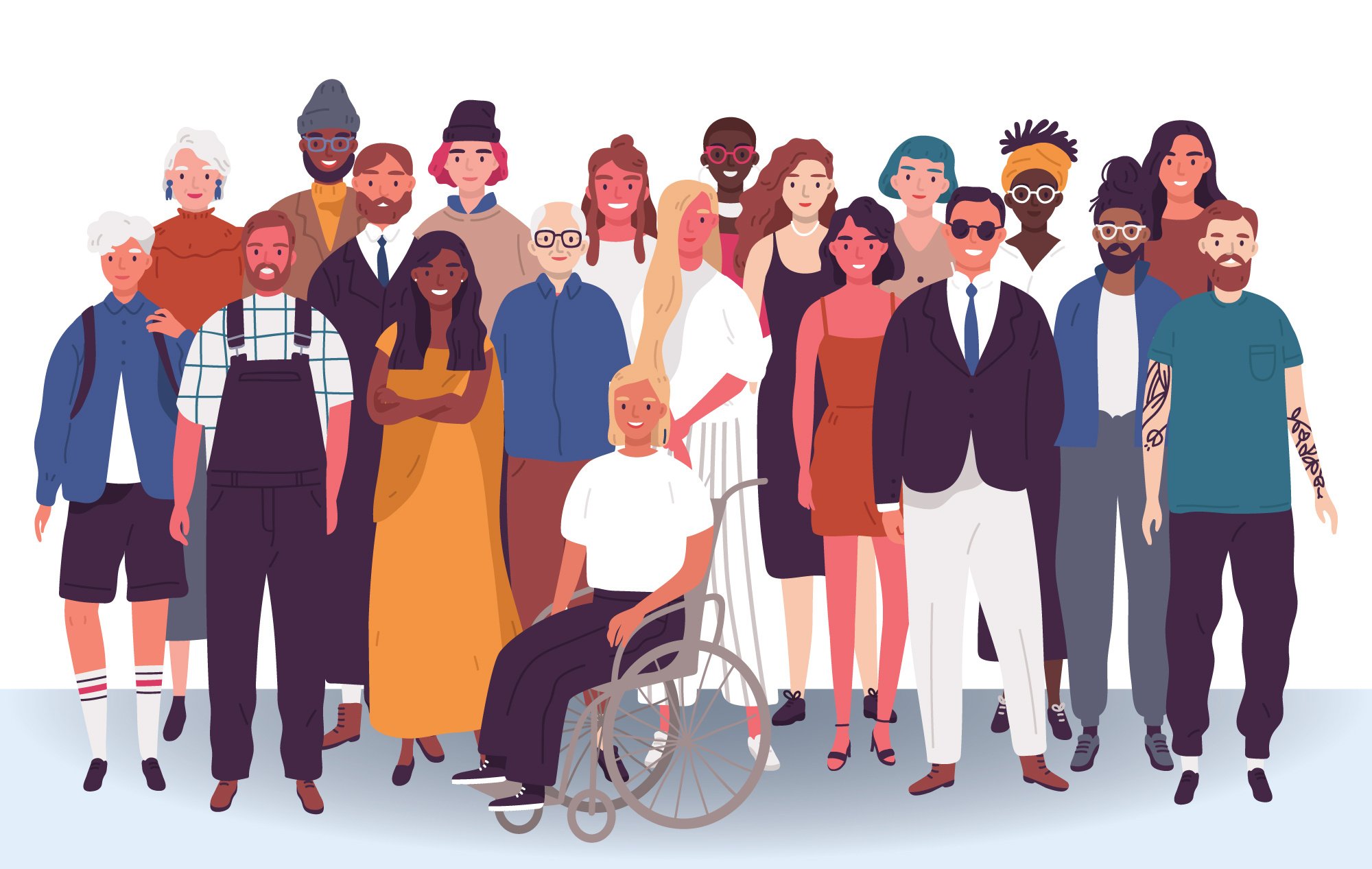Organizations in recent years have been placing more emphasis on improving workplace culture and operations. Increasingly that has meant embracing greater inclusion and accessibility. This shift has also coincided with the rise of social impact reporting, which companies implement annually to evaluate key social initiatives.
Change, of course, is good—but only if organizations are forging ahead with the proper intentions and are well-informed about inclusion, accessibility, and other important social initiatives that improve the workplace.
Sadly, some businesses fall into the trap of access washing, employing the language of accessibility and inclusion to generate revenue or virtue signal—while doing very little to fundamentally increase access for people living with disabilities.
This is patently harmful to professionals with disabilities.
On the other hand, even those with the best intentions can adopt policies or practices they believe improve accessibility but ultimately creates barriers for the disability community. Not to diminish the value of motivation or intent, but impact is generally the higher goal here.
To avoid such negative outcomes, you want to implement strategies that have a meaningful positive impact and come from an authentic place.
Here are just a few of the mistakes companies and professionals make when mistakenly believing they’re being inclusive and accessible.
Creating Generalized Accessibility Strategies or Policies
Sometimes businesses will adopt a generalized approach to accessibility. They’ll roll out a catch-all solution while doing little research to identify the unique needs of their particular organization and employees. Businesses have a limited amount of time and resources, so they have to prioritize specific areas of improvement.
Policies that are especially relevant to professionals with mobility issues may not be quite as relevant to professionals who are blind or visually impaired, just as what works better for employees with learning disabilities may be a lower-priority solution for people with invisible disabilities.
Yes, general accessibility principles exist, and designing with accessibility first in mind usually benefits non-disabled folks as well. However, implementing a generic strategy often ends up perpetuating the very thing it’s trying to fix.
Ultimately, this approach falls short because it ends up modeling work life around the profile of a “typical professional with a disability,” mirroring how society remains inaccessible because it’s built for the “average” person.
Rather than establish a broad accessibility strategy aimed at all possible disabilities, build one around the specific needs of the particular people on your teams. And then modify it accordingly as needs change and new employees enter the fold.
Accommodations
For instance, instead of assuming one of your employees who is d/Deaf or hearing impaired needs an ASL interpreter, find out what their preferred communication style is.
“I think the number one misconception people have is that I know sign language,” explains Amy Wood, an accessibility manager for Salesforce who as a child became deaf in her right ear and lost 98% of hearing in her right. “I grew up in a hearing family and was mainstreamed in school. American Sign Language was not an available resource for me as a kid.”
In the past, organizations have provided Wood with an ASL interpreter or team members have amplified their voices when talking with her to ensure she can understand them. While she understands these efforts come from a place of good intentions, it’s best to ask people what accommodations they need, rather than assume.
“When people find out that I'm deaf, they tend to talk louder and slower, and that actually makes it harder [for me] to read lips,” Wood continues. “Speaking clearly and regularly is more effective than shouting and mimicking sign language.”
Massive Assistive Technology Libraries
As part of a generalized accessibility plan, organizations may curate a vast library of assistive technologies and tools. This can quickly become financially burdensome, especially for small businesses. Stocking such a large library is often unnecessary.
Instead, identify what your team members need to succeed and then provide them with the requisite accommodations.
For example, if one of your employees uses a wheelchair, pay special attention to the ways in which your office space and business processes are accessible or fail to include people with mobility impairments. The easiest way to know what a team member needs is to simply ask them.
“Just give me a screen reader or give me speech-to-text software, and I'll do the same work. It's really not a big ask,” explains Crystal Preston-Watson, a senior digital accessibility analyst at Salesforce who is visually impaired.
There’s even a difference in how accommodations are treated between disabled and non-disabled professionals, she notes.
“It's the same as someone asking for a second or third monitor,” Preston-Watson says. “I'm asking for a screen reader. You're asking for these accommodations. I'm just asking for the tools to do my job. People in different roles need different tools to do their jobs. And that's the same thing for disabled workers.”
Remote Work & Work-From-Home Policies
Giving employees the flexibility to work outside the traditional office has been an incredible blessing to professionals with disabilities. However, if possible, don’t require all team members to work remotely.
While it’s true remote work empowers professionals with disabilities to create environments tailored to their medical needs and working styles, some people living with disabilities still prefer an office setting.
Independence and worker autonomy manifest differently for each professional, including those who are blind or low vision.
“I've learned every blind person has a different relationship with independence, and with what it means to be supported,” remarks Will Butler, former chief experience officer at Be My Eyes—a free app that connects low-vision and blind people with sighted volunteers—now working in corporate communications and accessibility at Apple.
“Some people are radically independent, and some people love connecting with other people in order to have their needs met,” Butler adds. “And I wouldn’t judge anybody on any point in that spectrum.”
Accessibility is about flexibility. Offer employees adjustable work options, and notice how much more both they and your company flourish.
Asking Employees to Declare Their Disability Status
Whether it’s motivated by compliance or an attempt to better determine your employees' needs, directly asking about their disability status is usually inappropriate. It not only provokes awkward social interactions for many, but puts unnecessary pressure or attention on professionals with disabilities.
Now an equality talent partner for Salesforce, Oriana Di Stefano was involved in an auto accident that left her permanently disabled, limiting use of her left arm and hand. She recalls a supervisor at a former employer in Italy pushing her to declare her disability status.
In an effort to make workplaces more accessible and inclusive, the Italian government maintains rigid policies to incentivize companies to recruit and hire professionals with disabilities. For instance, employment laws demand that at least 7 percent of employees at an organization of 50 or more people qualify as people with disabilities, or expect significant fines.
Ostensibly to meet these requirements, Di Stefano’s supervisor continually prodded her to declare her disability status, and she felt belittled by other prospective employers that apparently wanted to hire her just to be compliant rather than for her skills or experience.
“The lesson here is to understand why diversity is important for organizations and to create an environment where people feel open about their status," she advises. "Don’t focus only on compliance. This can make employees feel different and uneasy.”
She recommends businesses treat employees with disabilities as they do any other team member.
“It might sound strange, but treating people with disabilities as anyone else helps a lot with inclusion,” Di Stefano explains. Rather than draw attention to a person’s disability, she suggests viewing peers living with a disability much like they would other colleagues.
Ultimately, being genuinely more inclusive and accessible is about creating working environments that enable those with disabilities to thrive, whether their disability status is known or not.
Expecting HR to Always Lead Out on Inclusion & Accessibility
This isn’t to say that HR departments shouldn’t be focused on accessibility and inclusion issues. They absolutely should be establishing inclusive hiring practices. However, the reality is that equality efforts driven by HR departments frequently don’t gain enough traction among employees because they’re often done in inauthentic ways.
Accessibility must grow organically and stem from the genuine desire team members have to create a more inclusive workplace. It must be authentic, not imposed by the top down.
“There are organizations that will be really motivated by what they see in another organization's strategic plan, and be so inspired by their language,” explains Camille Edwards, a DEI educator with more than 15 years of experience. “And then they find that they're using language that isn't authentic to them. It is so common, right? They're like, ‘I love the way that that sounds.’ And then you talk to people on the ground, and they're like, ‘I don't really know what that means. But we like it.’”
If employees and team members can't easily articulate what accessibility and inclusion implies for their particular team, then “it means they haven't been enrolled,” she emphasizes. “It's similar to when you go shopping and you're like, ‘Oh my gosh, that color looks great on her. I'm gonna buy a coat in the same color.’ That wasn't your color.”
You need team leaders who embody the ethos of inclusion and accessibility, backed by the resources and support of an effective HR department. Even better if your leaders are professionals with disabilities.
Becoming More Inclusive & Accessible
Ultimately, you’re going to make many mistakes along the way toward becoming a more inclusive and accessible organization. That’s okay. Each attempt is a learning opportunity. Be gracious to one another and continue on your journey.
Remember: The most straightforward and consistent thing you can do is to ask team members and prospective employees what accommodations they need to succeed. And then do everything in your power to get them those resources and to foster an inclusive culture where they feel they can belong.
As you continue to challenge the centuries of discrimination people living with disabilities have had to face, you’ll create ripple effects. Your business will enable more and more people to fully participate in society. And when your employees eventually move on to other employers throughout their careers, they’ll likely bring their passion for accessibility and inclusion with them.
Salesforce is a founding partner of InclusionHub, a digital resource helping businesses improve accessibility for professionals with disabilities and prioritize digital inclusion. Visit its a11y website to learn more.






Leave a Comment